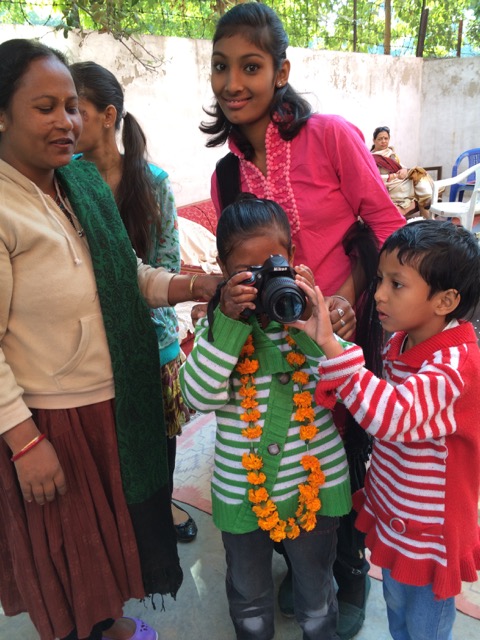
Chandigarh remains a vivid memory of mine especially our visit to a women’s shelter. A few pictures cannot adequately describe the emotional reaction to seeing and hearing of the plight of these women (plus two little girls living there with their mother). To give you a sense, I chose these four pictures and will tell […]

Sati, meaning “good wife” in Sanskrit, refers to a very interesting and ancient Hindu mourning ritual, which generates quite a bit of attention due to its historically radical means of an end. Sati is a ceremony that was practiced after the death of a woman’s husband, during which the mourning woman was required to be […]
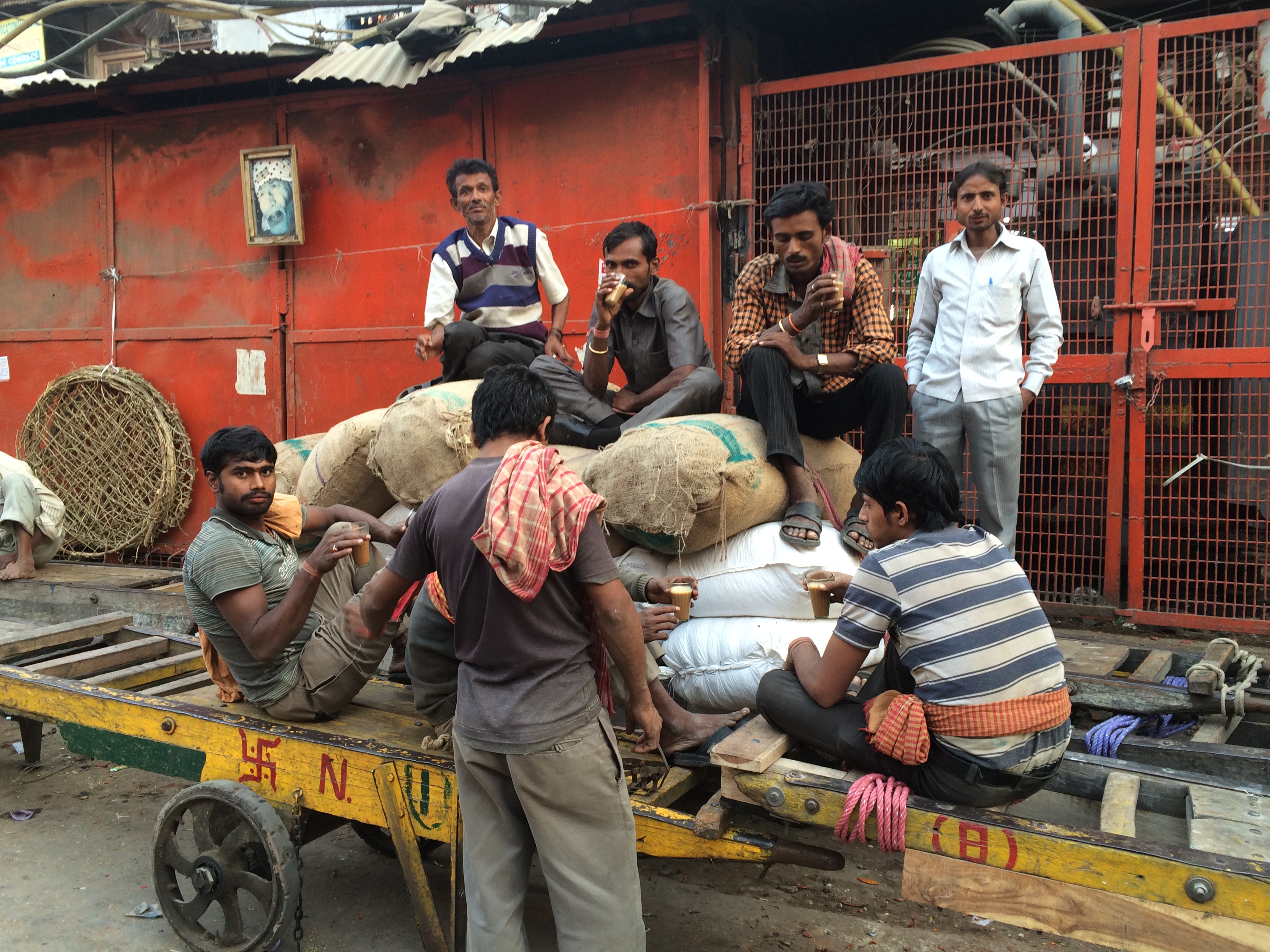
While a lot of you out there are frequent chai tea drinkers, I’ll bet you didn’t know that chai originated in India. In fact, India consumes more tea than any nation in the world! Historically, ancient Indians used teas as medicinal herbal remedies to cure a variety of ailments. Some of the Masala Chai mixes, […]
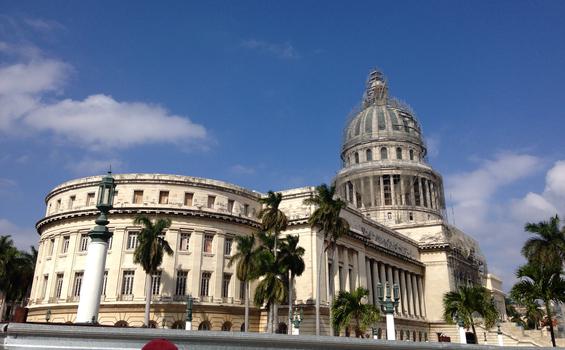
Cuba is an opportunity to relive life as we enjoyed it in the 1950s. Being in that warm and friendly country is experiencing an environment held motionless in time for more than 50 years. That does not mean that the country is not progressing, only that it had its more noticeable growth period in the years […]
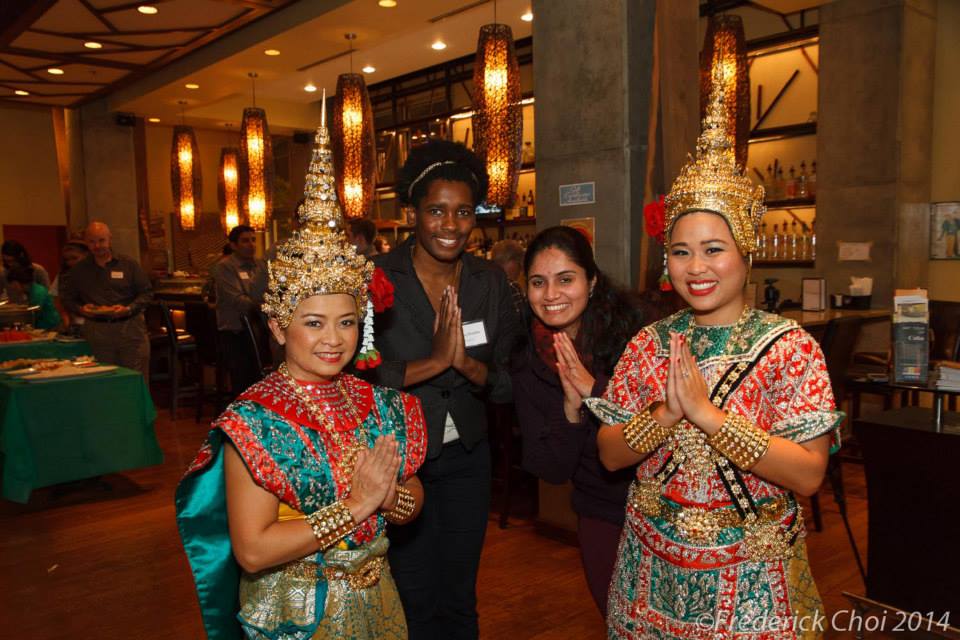
Go Eat Give’s October event, Destination Thailand, allowed me to experience Thailand in a multi –dimensional way that I hadn’t been exposed to. Before Destination Thailand, my knowledge about the Southeast Asian country was slim, as the closest cultural thing I knew about Thailand was the pad thai that I would order during cramming for […]
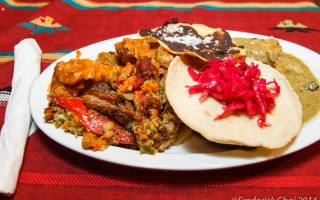
Last week, I experienced Guatemalan culture for the first time, through Go Eat Give’s Destination Guatemala. Before the event started at El Quetzal, a Guatemalan restaurant in Chamblee, GA, I got the chance to interact with a few people who had travelled to Guatemala, and were excited to take a nostalgic trip back to the […]

Traveling to Latin America, particularly if you already know Spanish, can be an unforgettable experience, especially if it is your first time there. Just imagine getting a study abroad opportunity, being able to teach English, soaking in the scenery, and that was my week in Quetzaltenango. After a 3 hour plane ride from Atlanta to […]

Last Thursday, I received another lesson in my cultural education, courtesy of Go Eat Give at its August Destination Dinner. The country of focus was Nigeria, a populous African nation that has been plagued by a lot of social issues recently, resulting in an image that isn’t very flattering or inviting. Leading up to this […]

On Saturday July 19, Go Eat Give hosted its monthly Destination Dinner at Tassa Roti in Alpharetta, showcasing the culture and cuisine of Trinidad and Tobago. This event is a part of Go Eat Give’s monthly programming that aims to promote cross cultural understanding between different communities in the Atlanta area. The menu for the […]

International travel is wonderful, and can truly change your life. It can get pricey, not to mention the long travel time to your destination. This can certainly be difficult with children. Before you head on over to an exotic locale, you might be surprised to know of the unlikely destinations right here in the USA […]

There exist several well-documented examples demonstrating that one week of camping sans electronics, not only resets our biological body clock but also synchronizes Melatonin (a hormone) production with sunrise and sunset. Armed with the knowledge of these studies, ventured into the outdoors, and into the very lap of nature. Though I am an avid Yoga […]

The country of Trinidad, sometimes called the “rainbow island,” has a reputation of incredible diversity in regards to its music, food, and population. Located just eleven kilometers off the coast of Venezuela, Trinidad has a total population of 1.3 million. The makeup of its people ranges from African and East Indian, to European, and a […]

Traveling to far off places to experience fun, happiness and peace is a passé.We don’t have to rush through life to book that ticket for Europe or to save money for a luxurious trip to the oceans. Lately, I have realized that all we need to do is to open our eyes wide, sit back and […]

When deciding where to stay in the Italian Riviera, think like a real estate agent, “location, location, location.” Imagine standing on a private balcony enjoying the cool sea breeze of the Gulf of Tigullio and the panoramic views of coastal Italy. Picture waking up and walking out onto a terrace to see Mediterranean style buildings, […]

Hotel Byblos, a 5 star sprawling paradise of unimaginable delights, is everything its reputation suggests. Located in Saint-Tropez, in the South of France, the resort has a Mediterranean sleepy sea-side village appeal and its terracotta and stucco like exterior painted in brilliant colors of salmon, mint green, and gold are perfectly striking. Make no mistake; […]

When considering lodging along the French Riviera one might think of high priced fancy hotels that only the rich and famous can afford. What if there were lodging facilities with more space than the average European hotel room: offering a nice bed, complimentary WiFi, free parking, and free breakfast in a more intimate yet traditional […]
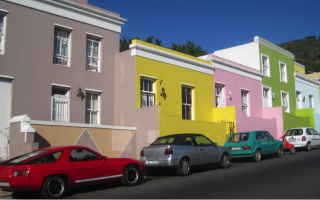
What does your mind envision at the mention of Cape Town, South Africa? Perhaps you see flashes of Cape Town’s tumultuous history. Remnants of the apartheid, a system of racial segregation from 1948 to 1994, loom heavily over this beautiful city. There remain visible reminders of the painful class system, displaced persons and civil unrest. […]

My first day in Shanghai on an open-ended solo trip, I take a walk through People’s Square and pass by a group of Chinese students posing for a photo. I approach the photographer and offer to take a picture of them together. They seem extremely excited to meet me and ask where I’m from and […]

Metro Rush Hour The Dublin metro is a speedy and reliably way to zip around the city. Locally called the “Luas,” this light-rail tram can take you from the pedestrian friendly city center, past the medieval mummies of St. Michan’s Church at Four Courts stop, and all the way to the Guinness Storehouse at James’s […]

The minute I step out of my hostel, I’m engulfed in a tightly packed crowd lining the sidewalk. I push my way through, passing parents hoisting their kids up on their shoulders and volunteers passing out food. Bewildered, I crane my neck to peer through the crowd and see the procession passing. Flashes of multi […]